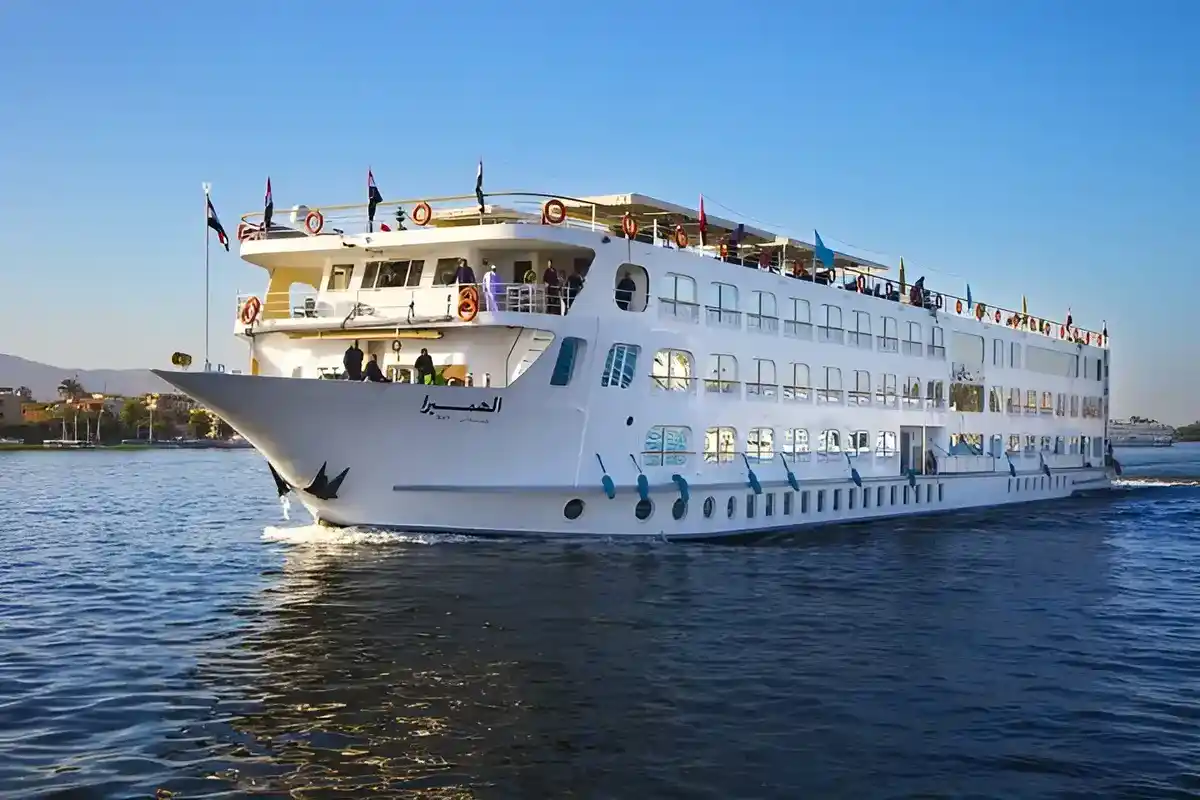Optional early morning trip Hot air balloon ride over the West bank of luxor Check out from the cruise after breakfast and start visiting the following sightseeing Valley of the Kings At first glance, the Valley of the Kings, also known as the Valley of the Gates of the Kings, seems like no more than a sun-blasted gorge of generic red rock, but underneath all of its dust lay the tombs of 63 of the most important pharaohs in the history of Ancient Egypt. Used as a burial chamber for nearly 500 years from the 16th to 11th century BC, the Valley of the Kings was used for royal burials for the Kings, their families, and their possessions. In 1979, it became a World Heritage Site, as well as the rest of the Theban Necropolis. Temple of Hatshepsut The mortuary temple of Hatshepsut (c.1478/72-1458 B.C.E.) dates from the New Kingdom. It nestles at the foot of the cliffs in a natural "bay" on the West Bank of Luxor. This area had long been sacred to the goddess Hathor and was the site of the earlier mortuary temple and tomb of King Nebhepetre Mentuhotep (c.2008-1957 B.C.E.) of the Middle Kingdom (ramp visible on the far left). After the introduction of Christianity, Hatshepsut’s temple was used as a monastery, hence its modern name, Deir el-Bahri, Arabic for "Northern Monastery." Colossi of Memnon One of the biggest tourist attractions in Luxor, the Colossi of Memnon gained its popularity due to its majestic appearance and for the mysterious sounds emitted by the northern colossus statue at every sunrise.
Activities
Valley of the Kings
Hatshepsut Temple
Colossi of Memnon
Cruise Check-in



.webp)
.webp)
.webp)
.webp)
.webp)
.webp)
.webp)
.webp)
.webp)